Hops & Bacteria | How Brewers Use the Antibacterial Properties of Hops
“It’s been known for a long time the addition of hops will control the growth of bacteria in beer,” says Matt McCarroll, professor of chemistry and biochemistry and director of the Fermentation Science Institute at Southern Illinois University. While these antibacterial qualities aren’t usually needed in modern brewing, the rise in popularity of mixed-fermentation beers has reawakened interest in this poorly understood property of hops.
In 2015, McCarroll embarked on a study at his university’s Fermentation Science Institute to research the effects of hops on bacteria such as lactobacillus and pediococcus in a mixed fermentation environment. Using house cultures from Scratch Brewing in Illinois, Fonta Flora Brewery in North Carolina, and Jester King Brewery in Texas, McCarroll brewed identical batches of wort with each culture and added varying levels of hops to see how fermentation was affected. He brewed an additional batch with a commercial ale yeast as a control.
The Institute had been working informally with nearby Scratch Brewing for some time, which sparked the idea for the study.
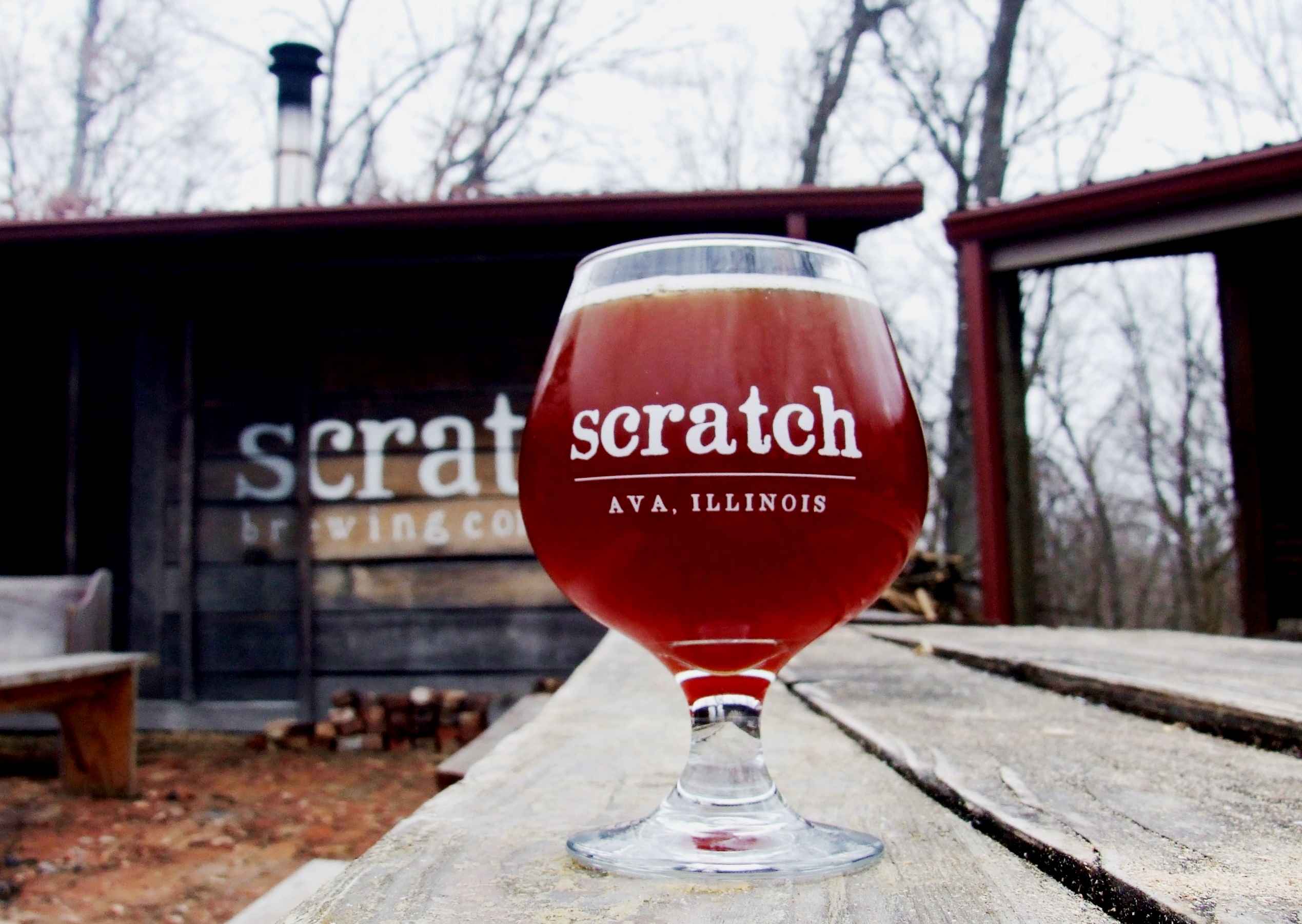
“One of the things they used to control fermentation was the degree of hop addition,” explains McCarroll. “What was interesting about Scratch was that they were using hops with their house culture to tune the kind of beer they were brewing. That led to the idea of doing a controlled study.”
So McCarroll split each of the separate worts in the study into three batches for a total of twelve batches (including the control), with replicates for verification. The first was not hopped at all, the second was hopped with Styrian Golding pellets to 12 IBUs, and the third to 25 IBUs.
“The beers that had zero IBUs did go sour in all cases,” explains McCarroll, demonstrating the presence of souring bacteria in all three house cultures. But in some of the hopped batches, the bacteria was significantly inhibited.
Just Scratching the Surface
The findings were no surprise to Marika Josephson, a brewer and co-owner at Scratch, which ferments the majority of its beers with a house sourdough culture it originally developed for pizza and bread. The culture contains mostly saccharomyces yeast and lactobacillus, and Scratch has known for a while the acidity from the bacteria in the culture could be partially controlled with hops.
“Once we got our culture healthy, we started to play around with it both with sour and non-sour beers,” explains Josephson. “That was when we started experimenting to see what happened when we added hops to see if it would help or limit the bacteria. Hops seemed to play a really big role in whether or not we got a sour fermentation. As little as 5 IBUs helped [control] our bacterial fermentation.”
Looking at the different samples in his study, McCarroll says the most consistent change he saw was in attenuation levels, referring to the amount of sugar in each wort that was successfully fermented into alcohol. “We had one beer that ranged from 4.94% ABV to 5.87% going from low to high IBUs, while the control fermented to within a tenth of a percent attenuation across the board.” The finding suggests that lactic acid-producing bacteria fermented some of the sugar in the unhopped set, but more sugar was metabolized into ethanol by yeast in the hopped examples in which those bacteria were unable to thrive.
Hops Versus Bacteria
According to Professor Christopher Curtin of Oregon State University, whose lab looks at the role of microbes in the alcoholic beverage industry, hops can limit bacterial growth for a particular reason. “When the hops are extracted into the beer, the iso-alpha acids get into bacterial cells and disrupt cellular function.” The hop acids prevent nutrient uptake within the bacterial cells, leading to cellular starvation and eventually death.
Not all bacteria are affected in this way however, and McCarroll’s study demonstrated this as well, with a few samples seemingly remaining unaffected by the addition of hops.
“We saw real clear differences with fermentation just looking at pH values,” says McCarroll. “They did not all behave the same way. Some of the cultures had a [moderately acidic] pH with all IBU conditions, and some were only acidic with zero IBU conditions.”
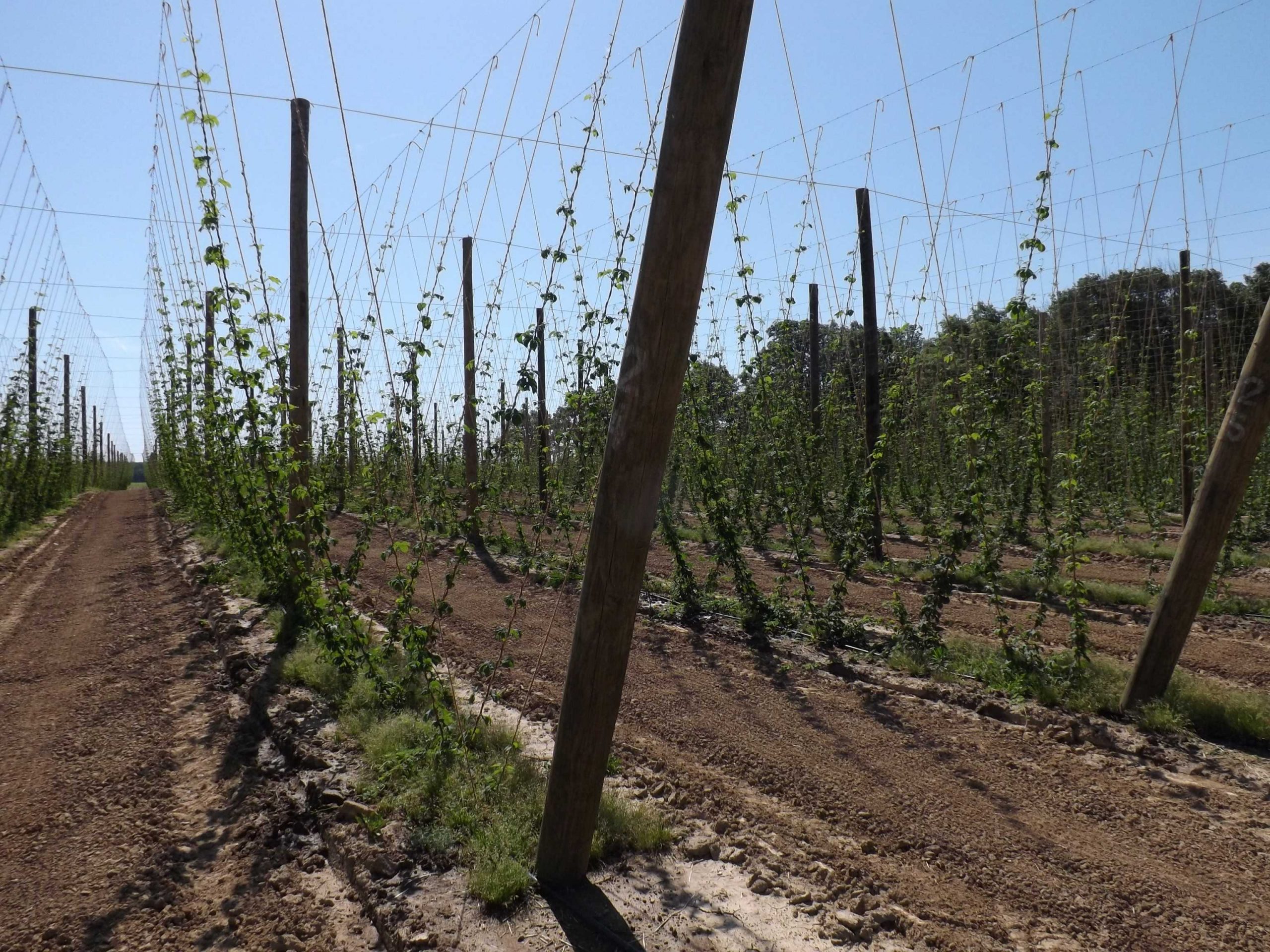
Why are some types of bacteria inhibited while others are not?
“The bacteria that don’t respond to hops have some genes that allow them to pump those alpha acids back out,” Curtin explains. Additionally, a culture that contains these hop-resistant strains can spread this immunity through plasmid transfer, a process through which bacteria share genetic information. This genetic exchange seems limited however. “Hops resistant genes in lactic acid bacteria have only shown to be transferable to other lactic acid bacteria,” adds Curtin. In theory though, this could turn the entire culture hops-resistant over time and have profound impacts on a brewery that harvests and repitchs a mixed culture batch after batch.
“If you start with a culture that contains 90% bacteria that is not hops resistant, you’re going to end up flipping that ratio,” Curtin elaborates. “If they do have a copy of these resistant genes and they’re exposed to hops, they can go from being mildly tolerant to very tolerant. You could start off with a culture that contains a lactic bacteria that isn’t very hops resistant and end up with a culture in which hops resistant bacteria are dominant.”
The Evolution of Dandy
At Fonta Flora Brewery, co-founder and brewer Todd Boera has seen his house cultures change over time to reflect a more lactic character, despite hop experiments meant to curb this tendency. The brewery uses two different mixed strains for their sour line-up. Affectionately named O.G. and Dandy, both strains have changed over time due to microflora introduced by the brewery’s use of foraged botanical ingredients post-boil. “It took around ten generations of brewing for the culture to produce more acidity,” says Boera. “It was probably evolving that whole time.”
“Dandy started its life as a clean Saison blend with some Brettanomyces drei,” he explains. “This culture began to change after we [added] local dandelion flowers. My experience thus far with Dandy and O.G. is that they are not particularly affected by increased IBUs. We do notice a slight decrease in acidity with increased hops, but we could never make a clean-tasting mixed-culture beer just by increasing IBUs.”
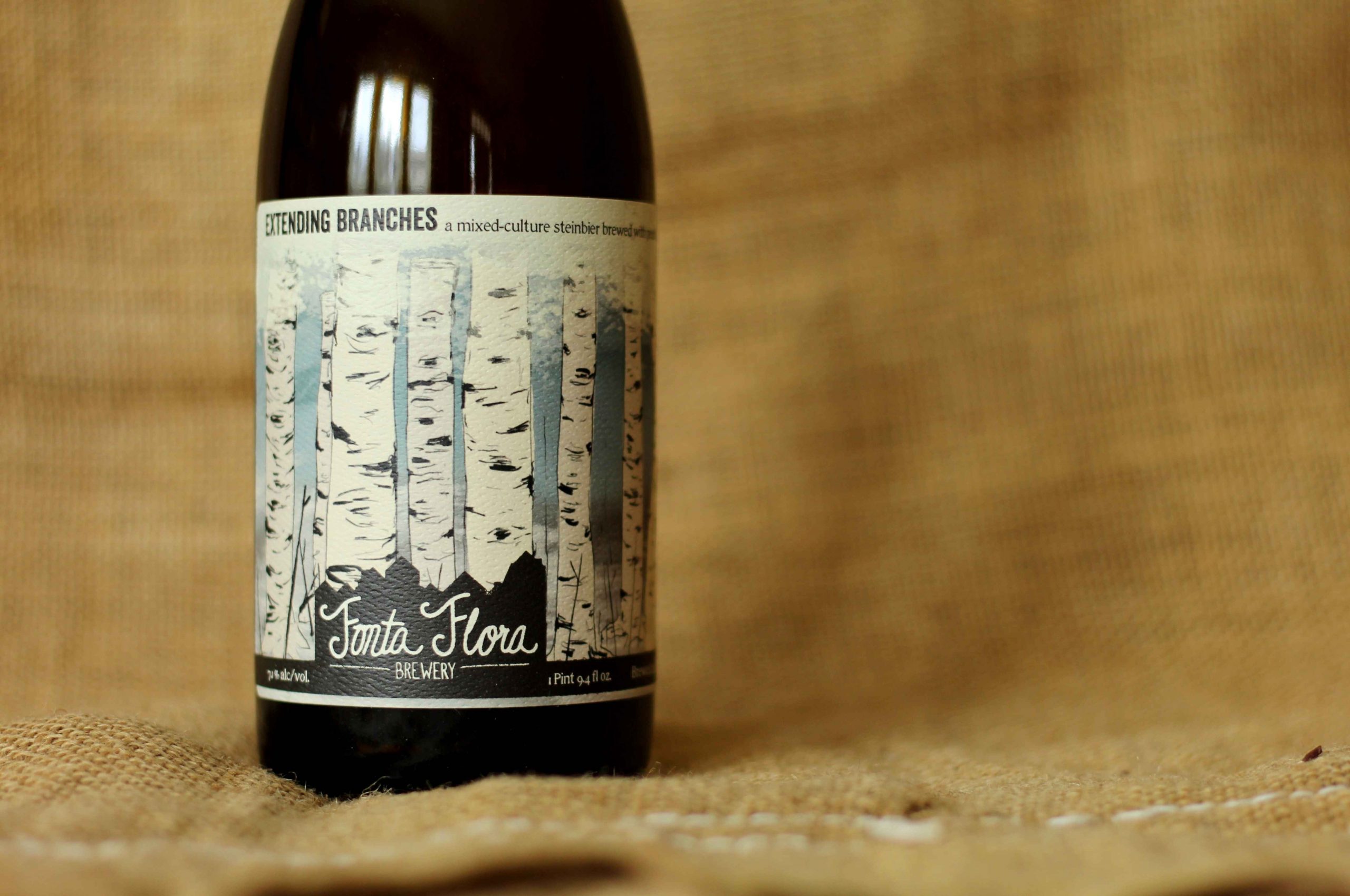
McCarroll’s study included a genetic analysis of all three cultures, but hops resistance does not necessarily fall along clean lines between bacterial species, making it difficult to predict results based on a given culture’s composition. (For various reasons, the beers from this experiment were never dumped and have been sitting in kegs for five years, and McCarroll hopes to soon complete new sensory and lab analysis on them to update the findings of the study.)
“I’d recommend every brewery play around with their cultures on a small scale under different conditions just to see what they do,” suggests McCarroll. He finds the possibilities to be tantalizing. “It’s kind of sexy to have the capability to be able to make two or three vastly different types of beer from the same culture.”


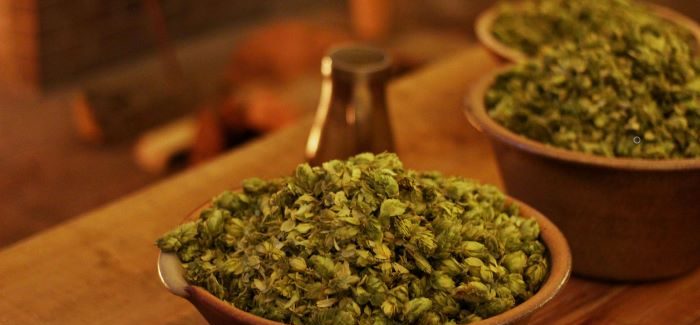


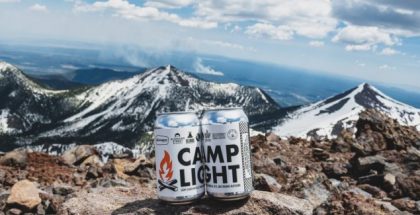
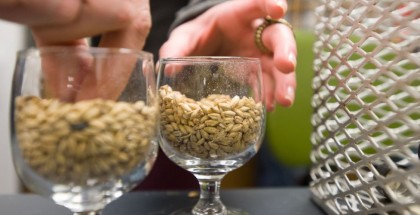
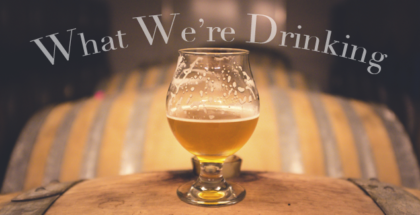

Submit a Comment